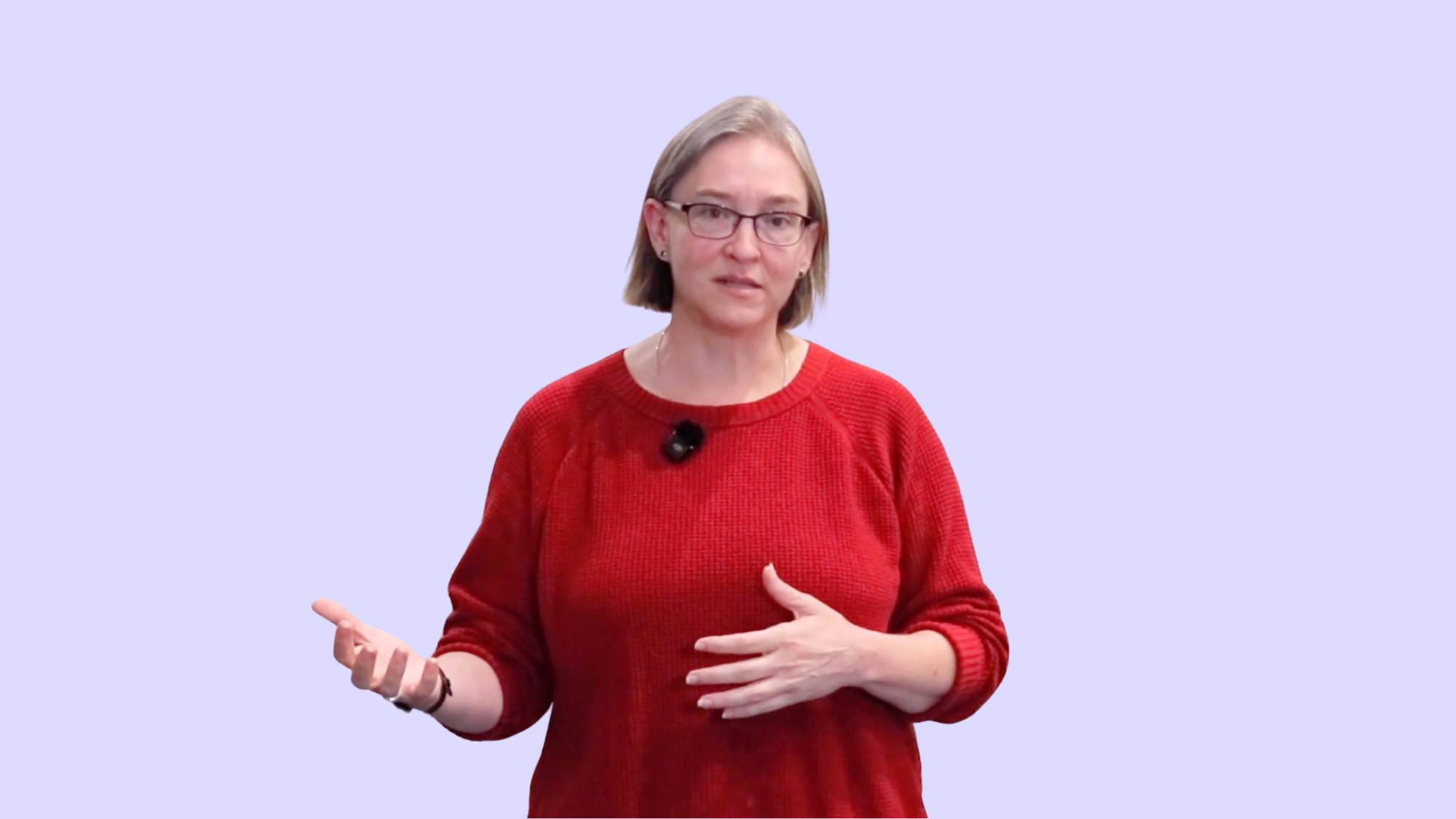Early into this federal election campaign and, encouragingly, talk of the creation of a Canadians with Disabilities Act has surfaced.
The idea for such national legislation was raised by the group Barrier-Free Canada, remarked on by prominent disabled activist Rick Hansen, and endorsed by journalist André Picard in the pages of The Globe and Mail.
The call for a federal law to address the elimination of discrimination against individuals with disabilities is an important idea concerning a significant and pressing social issue.
The statistics paint a discouraging picture. Depending on the province, one-in-five to one-in-four people in the working age population have a disability in Canada. Throughout their working years (15-64 years of age) people with disabilities remain about twice as likely as those without to live with low income – 21% versus 11% respectively overall. People with disabilities are much less likely than people without to have jobs – 51% vs. 75% respectively.
Even where employed, people with disabilities are one and half times more likely than people without to live with low income. This is unacceptable.
The suggestion for a federal law to address these inequities ought to be seen within an agenda of reforms for advancing reasonable accommodation and equality rights as well as facilitating full participation and opportunities for employment and income support. A broad focus on inequality ought not to leave disabled communities behind.
A research project headed by the Council of Canadians with Disabilities (CCD) has put forward an ambitious yet practical agenda of reform for advancing the inclusion of Canadians with disabilities.
This reform agenda includes proposals directed at the federal government, other proposal directed at provincial and territorial governments, and still other reforms that concern intergovernmental cooperation.
In terms of federal actions, the CCD recommends three reforms.
One is the introduction of specific federal accessibility legislation to promote access to federal programs, facilities, benefits, communications, and services within and under federal jurisdiction for Canadians with disabilities. This legislation would be based on principles of universal design, effective participation, and equality of opportunity. These principles, in turn, would have standards that would be monitored and enforceable.
The second is that the Court Challenges Program be reinstated. This initiative, which the Harper government cancelled, provided resources to disability associations (and other groups) seeking to establish or to confirm their constitutional rights under the Canadian Charter of Rights and Freedoms. The CCD recommends that the program be re-established as a vehicle for promoting a fuller measure of inclusion and citizenship.
The third concerns the UN Convention of the Rights for Persons with Disabilities (CRPD). While Canada has signed and ratified the Convention, what is now required is that Canada develop an implementation plan that makes the promise of the CRPD a reality for Canadians with disabilities. The Government of Canada should name and support the Canadian Human Rights Commissions as the CRPD monitoring body and, also, should ratify the Optional Protocol of the Convention.
Intergovernmental cooperation
There is the necessity for introducing accessibility and inclusion legislation for persons with disabilities by provincial and territorial governments. Those which have not done so already – and that includes most provinces and the territories – need to introduce legislation that aims to eliminate barriers and to enhance access and inclusion for the full participation of people with disabilities in their jurisdiction.
Canadians live in a complex and interdependent federation. This means that federal-provincial-territorial (FPT) collaboration is critical to providing essential supports and services for everyday living for the millions of people with significant impairments.
Governments across Canada need to work together in developing a new statement on inclusion, accessibility, disability, and participation. Such a statement would affirm the central importance of supports, income and employment.
Addressing the disproportionate poverty of Canadians with disabilities will require development of new policy and legislation, legal protections and commitments and the democratic co-construction of public policy. Any such FPT process must engage fully with organizations of people with disabilities in the possible development of a new framework and implementation plan.
To that end, a permanent joint government-disability community advisory group should be established with a mandate and resources to ensure progress on objectives and commitments. This advisory group should also submit an annual report to all responsible cabinet ministers and, through them, to all legislatures.
A basic aim would be to share and design new effective practice models with the goals of making public services and supports, including legal aid and technologies, more accessible for all citizens; and, clarifying policies and programs as they relate to disability issues and human rights, including the UN Convention.
If there is to be robust and coordinated measures to substantially reduce the exclusion and poverty in which so many Canadian with disabilities live, these ideas require wide discussion, and this election campaign is a democratically appropriate and politically hopeful occasion to do so.
Let us seize the moment!





